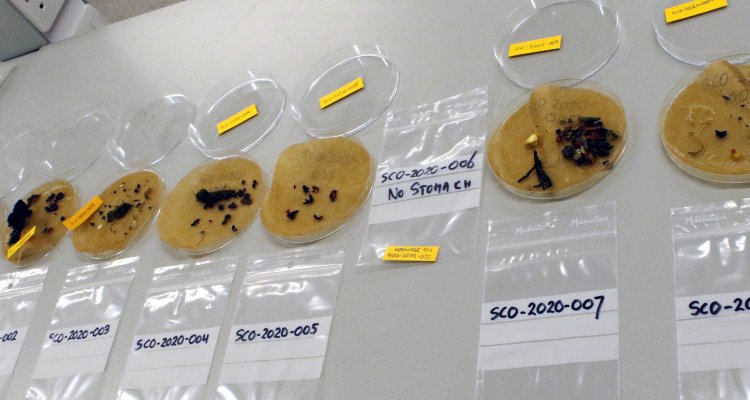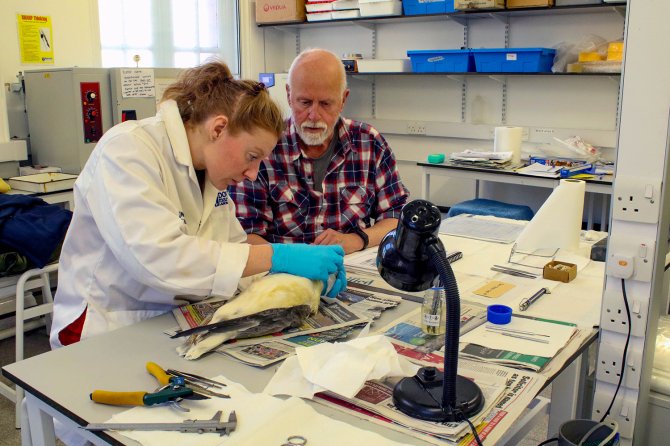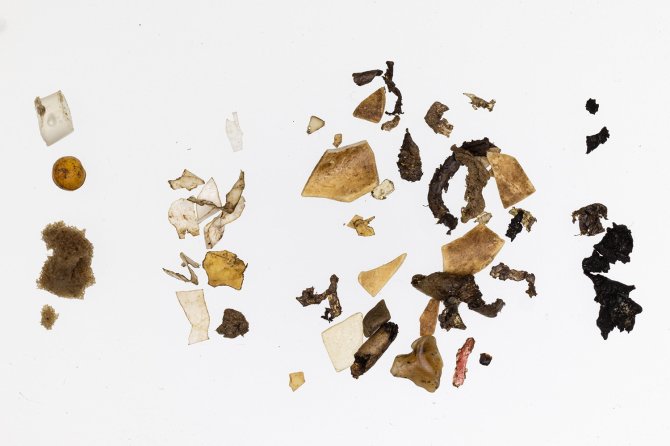
News
Annual report published on plastics in fulmars from the UK in 2021
Wageningen Marine Research has published the annual report on plastics in fulmars from the UK for the year 2021. The policy target for the reduction of marine plastic litter is still out of reach, however, over the past 10 years the data suggests a significant decreasing trend in overall plastic mass.

Results up to 2021
According to the OSPAR Ecological Quality Objective and the UK Marine Strategy, not more than 10% of the fulmars from the UK coast should have 0.1 gram or more plastic in their stomachs. Details for fulmars from the UK North Sea coast over the 2017-21 period show that 45.3% of birds have ingested more than 0.1 g of plastic. These values are very similar to the results of the previous report (in which 45.0% of the fulmars exceeded the threshold between 2016-20). Currently, in most North Sea areas, around 50% of investigated fulmar stomachs have more than 0.1 g of plastic. However, this is still distant from OSPAR’s ecological target for marine litter. All details of the results have been described in a report by Wageningen Marine Research.
Individual plastic loads
For the recent 5-year period (2017-2021), 84% of 108 investigated fulmars had some plastic in the stomach. Averaged over all individuals, stomachs contained 23.8 plastic particles, with a combined average mass of 0.17 gram per bird. To inform all volunteers, a Finders Report has been published as well. In this informal report, details on each individual fulmar are given, accompanied by pictures of the plastic content per bird. Each volunteer that had found a fulmar can see the plastic load of her or his own fulmars. With this, the scientists want to thank the volunteers for their efforts and hope to stimulate the collection of dead fulmars in the future.
